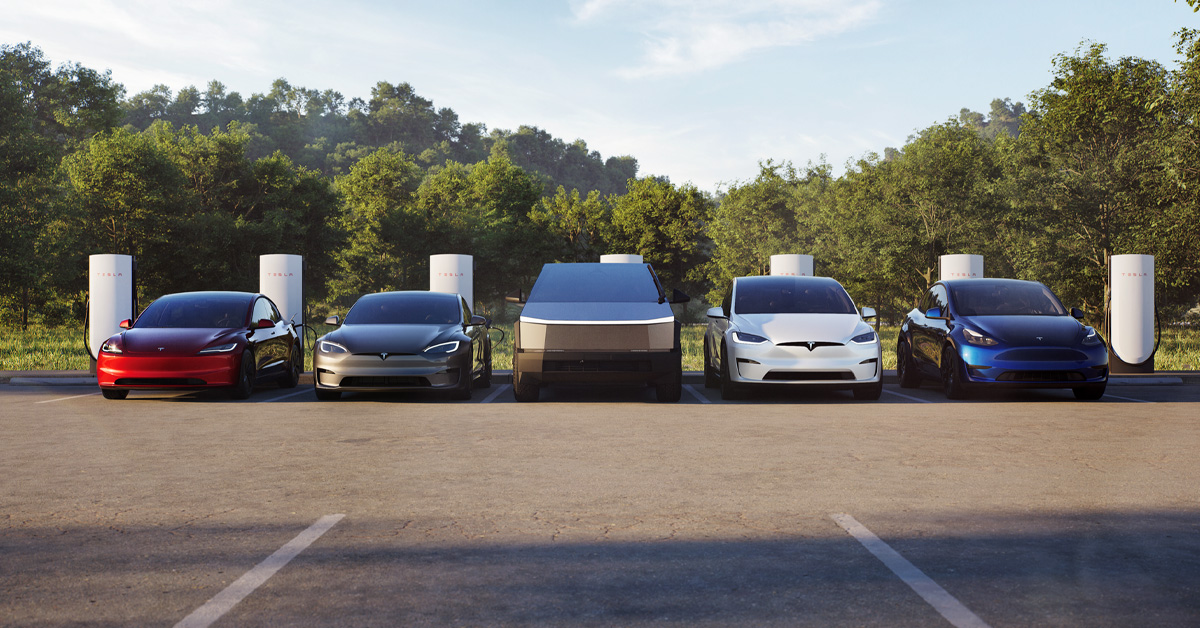2daMoon
Mostly Harmless
This is not as easy to do as you might think. First, tire pressures should only be adjust cold (with certain exceptions such as a leaky tire). After the cold pressure adjustment, tires will gain pressure through ambient temperature rise and driving. This is fine, they're supposed to do that. Adjusting pressures on the fly is generally detrimental to the tires (exception: some off-road conditions). So the automatic pressure adjust would have to know a lot about when adjustments should be made.
Tempered by the caveat of the Semi/Trailer combo. Most tire failures (that result in those rubber alligators on the road) are brought on by low tire pressure leading to overheating the tire. Then, it fails, sometimes catastrophically.
If the Semi and trailer had a system that could offset a puncture and maintain adequate pressure to get the vehicle to a convenient place and fix the leak, it could save a lot of money and reduce the resulting road hazard that tires coming apart leave in their wake.
Granted, TPM devices go a long way towards being able to let the driver know, if the system alerts them.



